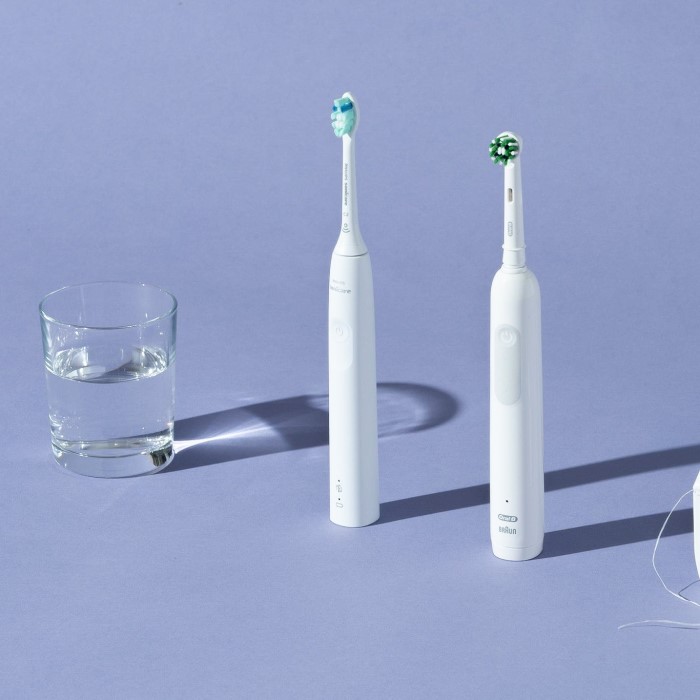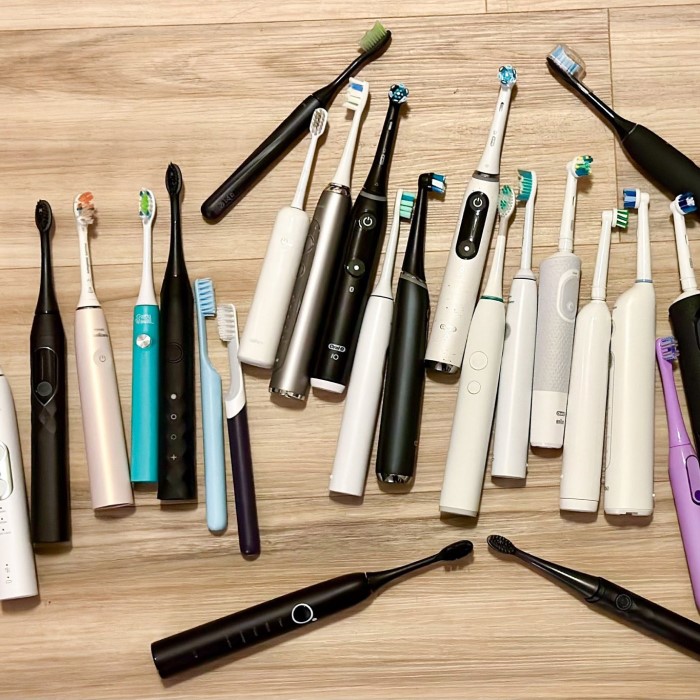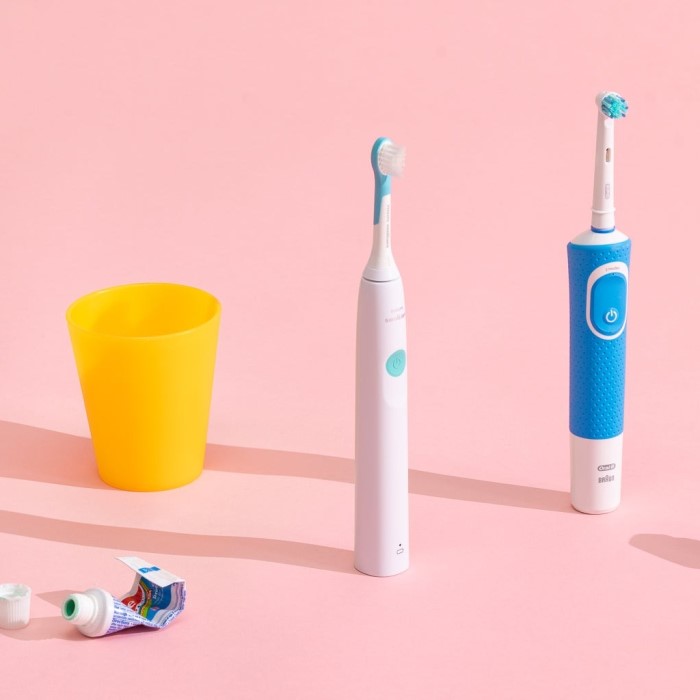Introduction: Understanding Electric Toothbrush Lifespan
Electric toothbrushes have transformed the way we maintain oral hygiene. They offer efficiency, advanced features, and often, better plaque removal compared to manual brushes. As a user, you may wonder, how long do electric toothbrushes last? Understanding the typical lifespan of these devices is crucial for maintaining optimal oral health.
In general, electric toothbrushes can last anywhere from three to seven years, depending on various factors such as usage frequency, brand, and how well the device is maintained. In this article, we will explore factors that influence the lifespan of electric toothbrushes and provide valuable tips for maximizing their longevity. We will also answer common questions about when to replace your electric toothbrush, signs of wear, and maintenance routines to follow.

Factors Influencing the Lifespan of Electric Toothbrushes
- Quality of the Device:
- The build quality and materials used in manufacturing significantly affect how long electric toothbrushes last. Higher-quality brushes, typically from reputable brands, are designed to endure regular use and last longer.
- Frequency of Use:
- How often you use your electric toothbrush plays a crucial role in its lifespan. If you use it twice daily as recommended, it may wear out faster than if you use it less frequently. Regular use can lead to battery degradation, wear on the brush head, and overall device performance.
- Type of Battery:
- Electric toothbrushes may come with different types of batteries, such as lithium-ion or NiMH. Lithium-ion batteries generally have a longer lifespan and quicker charging times compared to other types. Understanding battery quality can help you manage expectations regarding the device’s longevity.
- Care and Maintenance:
- Proper care can significantly extend the lifespan of your electric toothbrush. Regularly cleaning the handle and brush head, ensuring that the device is stored safely, and following the manufacturer’s maintenance guidelines is essential. Neglecting maintenance can lead to corrosion, damage, or impaired functionality.
- Replacement of Brush Heads:
- Many electric toothbrushes have replaceable brush heads. It’s vital to replace these heads every three to six months, depending on usage. Deteriorating bristles can compromise cleaning efficiency, necessitating earlier replacement of the entire device if hygiene is not maintained.
Signs Your Electric Toothbrush Needs Replacement
How long do electric toothbrushes last? Knowing when your toothbrush has reached the end of its lifespan is crucial for oral health. Here are some common indicators that your electric toothbrush may need replacing:
Worn Bristles
- Visual Inspection:
- One of the most obvious indicators that your electric toothbrush may need replacement is the condition of the bristles. Check for any visible signs of wear and tear during your regular brushing routine.
- Signs of Wear:
- Worn or frayed bristles are a clear signal that the brush head is losing its effectiveness. If you notice that the bristles appear faded, bent, or splayed out beyond their intended shape, it’s time to consider a replacement.
- Impact on Oral Health:
- Continuing to use a toothbrush with worn bristles can have negative effects on your oral health. Ineffective cleaning can lead to plaque buildup, which could increase the risk of cavities and gum disease.
- Recommended Replacement Frequency:
- It’s generally advised to replace the brush head every three to six months, depending on usage. Keeping a routine check on bristle condition can help ensure optimal brushing efficiency.
Decreasing Battery Life
- Battery Performance Monitoring:
- Pay attention to how well your electric toothbrush holds a charge. If it no longer retains power for a full brushing cycle or requires frequent charging, it may be an indication of battery decline.
- Charging Time Analysis:
- Observe any significant changes in charging times. If the toothbrush takes much longer than usual to charge fully or does not charge at all, this could suggest that the battery is on its way out.
- Quick Discharge Symptoms:
- If your toothbrush discharges quickly after a full charge, it indicates potential battery degradation. Frequent recharging due to quick power loss can be inconvenient and may signal that it’s time for a replacement.
- Considerations for Battery Types:
- Different electric toothbrushes use various types of batteries. Lithium-ion batteries may exhibit different symptoms than nickel-metal hydride (NiMH) ones, so be aware of which type your toothbrush uses and its particular indicators of wear.
Persistent Malfunctions
- Identifying Performance Issues:
- If you observe any persistent performance problems while using your toothbrush, such as unusual noises, vibration lapses, or inconsistent power output, these could signify internal malfunctions.
- Unusual Noises:
- Strange noises while brushing can indicate that the motor is struggling or that there is debris lodged within the device. Such issues may require immediate attention or repair, depending on severity.
- Power Consistency:
- If the toothbrush’s power feels inconsistent — for instance, it suddenly stops vibrating mid-use or operates sporadically — this can disrupt your brushing routine and compromise cleaning effectiveness.
- Repair vs. Replacement:
- Minor issues might be fixable with simple repairs, such as cleaning or reassembling parts. However, if problems persist despite these efforts, consider that continuous malfunctions may warrant a full replacement.
Water Damage
- Understanding Water Resistance:
- While electric toothbrushes are designed with some level of water resistance, they are not completely waterproof. It’s important to understand the manufacturer’s guidelines for exposure to water.
- Signs of Water Damage:
- Repeated submersion in water or failure to dry the toothbrush properly after exposure can lead to long-term damage. Look for signs of rusting, corrosion, or visible deterioration in the device’s casing.
- Moisture Compromise Indicators:
- If you suspect your toothbrush has been compromised due to moisture — for example, if it fails to charge or turns off unexpectedly — these are strong signs that internal components may be damaged.
- Best Practices for Maintenance:
- To avoid water damage, ensure that the toothbrush is only rinsed with water and not submerged. After each use, dry any moisture from the handle and base to prevent corrosion or electric failure.
Tips for Extending the Lifespan of Your Electric Toothbrush
- Regularly Replace Brush Heads:
- As mentioned earlier, changing your brush head every three to six months is critical. Regular replacement is necessary for maintaining effective plaque removal and oral hygiene.
- Clean After Use:
- After each use, rinse the brush head under water to remove debris and toothpaste. This helps prevent buildup and prolongs the life of the bristles. Additionally, wipe down the handle to keep it clean.
- Store Properly:
- Store your electric toothbrush in an upright position. Ensure it’s kept in a dry, clean place to avoid moisture accumulation. Avoid storing it in closed containers, as airflow is essential in preventing bacteria growth.
- Charge Responsibly:
- Follow the manufacturer’s charging guidelines and avoid leaving your toothbrush on the charger indefinitely. Overcharging can harm the battery. Unplug after it reaches a full charge and only charge when the battery is low.
- Avoid Dropping:
- Accidental drops can cause internal damage. Use the toothbrush carefully and avoid placing it on slippery surfaces where it might fall. If it does fall, inspect it for any visible damage.
FAQs: Answers to Common Concerns
How often are you supposed to replace your electric toothbrush?
Typically, the brush head should be replaced every three to six months. The entire toothbrush may last longer, but it is a good practice to assess its condition periodically.
How do you know when your electric toothbrush is dying?
Signs of an aging electric toothbrush include noticeably worn bristles, reduced battery life, persistent malfunctions, or water damage. If you observe any of these issues, a replacement may be necessary.
What is the lifespan of an electric toothbrush?
On average, electric toothbrushes can last anywhere from three to seven years. This lifespan can vary based on usage frequency, maintenance practices, and the quality of the device.
How do I know if my electric toothbrush needs to be replaced?
To determine if your electric toothbrush needs replacement, check for worn bristles, insufficient battery performance, persistent malfunctions, or signs of water damage. Regular assessments can help maintain optimal oral health.
Conclusion: Maximizing Your Electric Toothbrush Lifespan
How long do electric toothbrushes last? In conclusion, knowing the factors influencing their lifespan is essential for maintaining effective oral hygiene. By following the recommended guidelines for care and replacement, you can significantly extend the life of your electric toothbrush.
Incorporate good practices into your daily routine, such as replacing brush heads regularly, cleaning the device, and storing it properly. By doing so, you ensure that your toothbrush performs effectively, providing you with the ultimate support for your dental health.
The right maintenance and awareness can lead to a longer-lasting device, contributing positively to your oral hygiene routine. Make informed decisions about your electric toothbrush, and enjoy the benefits it brings to your dental care regimen!



